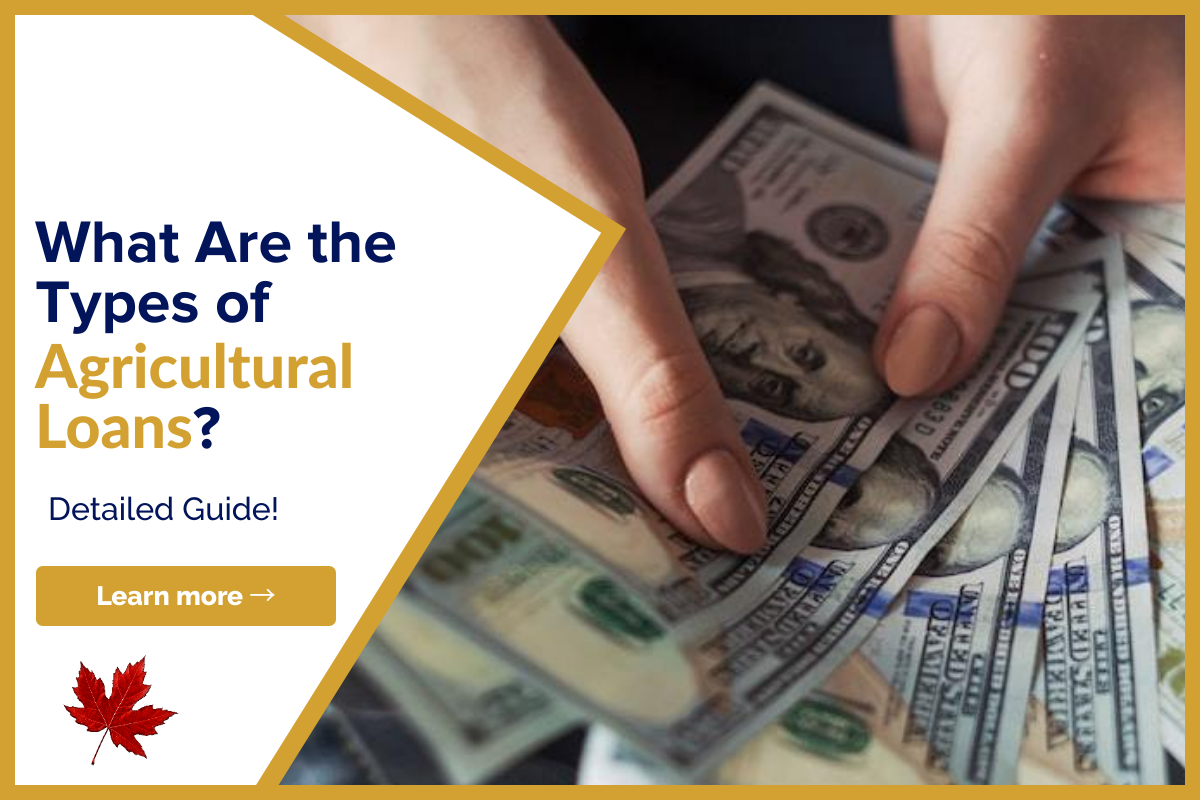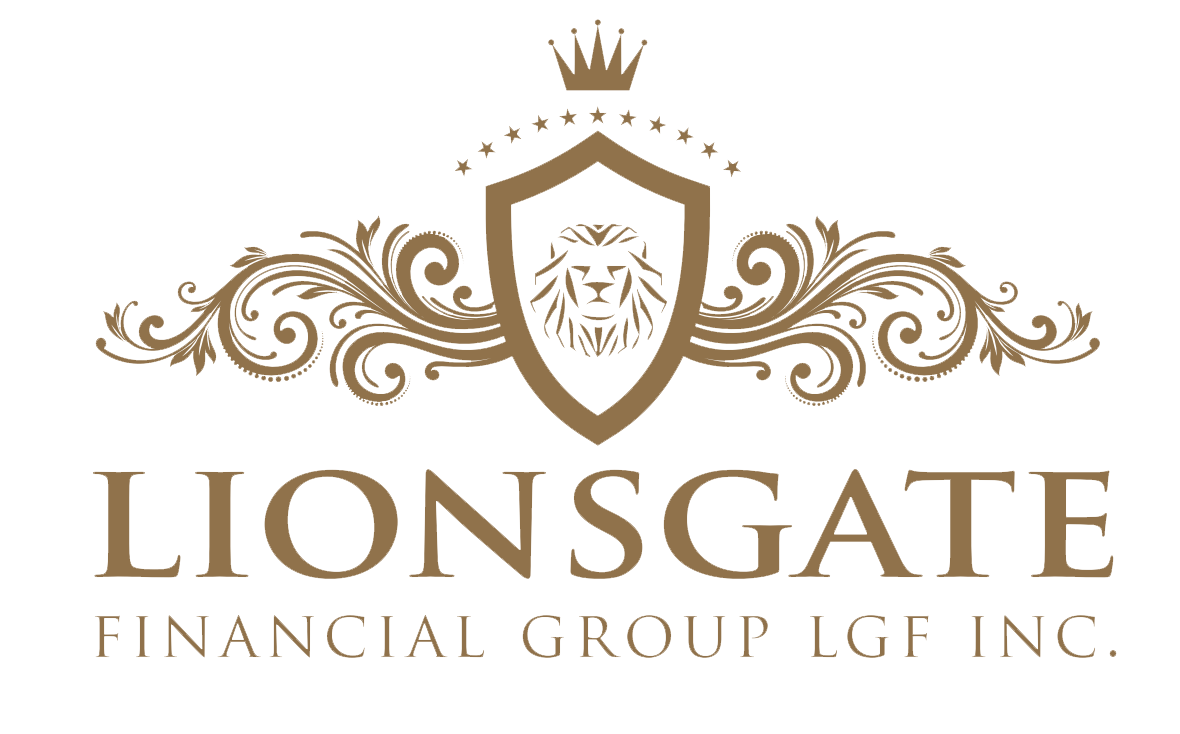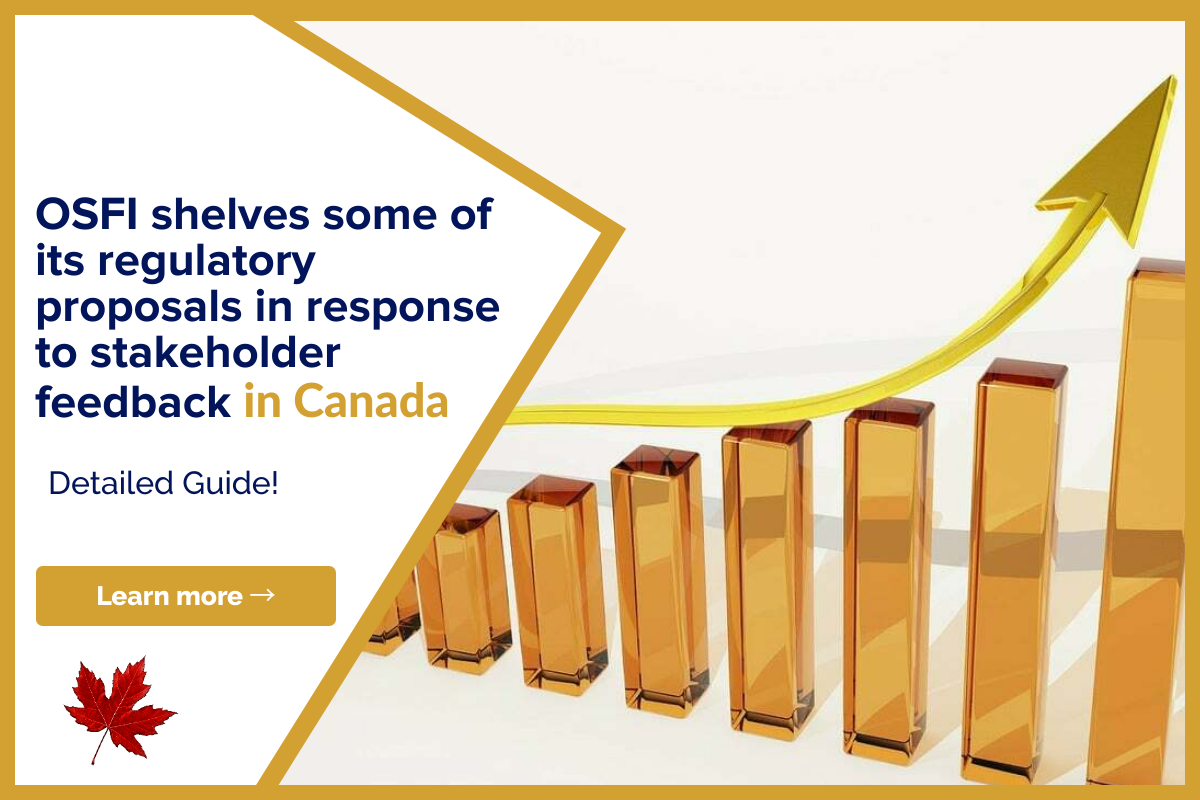During the early days of the mortgage business, brokers would require a lot of paperwork…

What are The Types of Agriculture Loans?
Now you can listen to our blog post, “What are The Types of Agriculture Loans?” while on the go.
Agriculture loans are designed to accommodate a farming operation’s requirements and frequently erratic nature. There are nine main categories of agriculture financing, some of which are variable, as listed below:
Subsidy for Agriculture
To maintain stable food prices, assure ample food production, secure farmers’ basic incomes, and boost the broader agriculture sector of the national economy, the government provides subsidies to farmers and agribusinesses. The argument by proponents of agriculture subsidies is that the nation’s food supply is too essential to the country’s well-being to be subject to unrestrained market forces.
They also assert that to maintain a consistent food supply, farmers’ salaries must be reasonably predictable; otherwise, many farms would fail during challenging economic times. According to their detractors, subsidies are extremely expensive and fail to produce the desired level of market stability.
Loans for Farm Storage Facilities
You may be able to develop an on-farm storage facility with the aid of Farm Storage Facility Loans (FSFL). You must store commodities that are classified as corn, oats, wheat, barley, rice, soybeans, peanuts, oilseeds, lentils, peas, hay, biomass, fruits, vegetables, or grains in order to be eligible. If you meet the requirements, the federal government will provide direct financing up to $500,000.
Loans for Farm Operating
You can buy equipment, seed, and cattle with operating loans. While a farm is starting up, it can also pay for family living expenditures and farm operations costs. Operating loans help farmers with ongoing demands or business expansion. Both direct and indirect solutions are available.
An indirect loan is given by a private lender, although the FSA might provide a guarantee. This lowers the cost of the loan. A guaranteed indirect loan with a guarantee of up to 95% may be provided in an amount as high as $1,112,000. Creditworthy borrowers who are not eligible for private loans due to other factors may also be given direct loans. These loans might be for up to $300,000.
Loans for Farm Ownership
Loans for farm and ranch ownership can be used to buy or expand a farm or ranch. This loan may be used to cover closing costs, develop or renovate agricultural buildings, or preserve and protect soil and water resources. In addition to having the necessary finance, the farm owner must be able to guarantee the proper running of the new enterprise.
The FSA offers ownership loans in guaranteed and direct, similar to operational loans. The restrictions are identical to those offered by the operating loan program. This money must be used to purchase the land, cattle, crops, or equipment necessary to become the owner of a farm intended for commercial production.
Housing for Farm Workers
The Rural Housing initiative of the US Department of Housing and Rural Development, this program offers loans and grants. The program provides funding for the construction or replacement of houses for farm workers in rural areas.
The program’s goal is to improve the livability of the living facilities, and it may include replacing or mending the interior decor. Additionally, various farming initiatives, even uncommon ones like oyster farming or fisheries, may be eligible for this loan or grant.
Finance for Emerging Agriculture
This particular sort of financing is intended for SMEs and newly established farms. Being viewed as higher-risk consumers than their more established colleagues, emerging farmers frequently struggle to get the financial assistance they require.
Private lenders might see financing for emerging farmers as a dangerous venture. Thus financial institutions and commercial banks typically supply it. If a large retailer can help an SME or emerging farmer secure a contract, the financial institution may be able to use that contract as collateral for a loan. It’s possible that financing for a start-up loan calls for some security.
Agreement Agriculture Farming
a contract for the production and supply of agricultural products at a specific future period, and sometimes at predetermined rates, between farmers and processing and/or marketing companies. When the farmer sells the crop, the repayment of the input credit is subtracted.
Agriculture Loan for Special Mortgage
Farmers who have the potential to succeed but have faced obstacles like being denied the ability to buy land are the target of the particular mortgage loan. For those who might not be able to afford the higher interest rates some banks give, it offers a special interest rate.
Pledging a valuable to a lender as security for a loan until it is repaid. The lender has the right to sell the collateral if the borrower defaults, and the proceeds will be used to repay the debt.
The maximum amount is R500 000, and the rate is fixed for 24 months. With a 25-year repayment period, this loan is affordable for those who have had financial hardship. If you have been refused permission to purchase land, are the first-time buyer, the son or daughter of a farmer, or own land in a town or city, you may be eligible for this loan.
Chain Finance Value
A sequence of operations is required to take a product from its inputs to its final market, adding value along the way. Financial services such as credit are provided to participants in value chains.
By finding connections between participants in the value chain, easing restrictions, and investigating how formal financial institutions might contribute to the provision of services, value chain finance can increase the overall efficacy and efficiency of the value chain. Value chain financing interventions, especially those for small producers, can improve the competitiveness of a variety of agricultural and agribusiness firms if they are well-designed.
Program for Financing Fisheries
This program is intended for particular municipal fisheries and aquaponics projects authorized by Congress and meet eligibility requirements. A qualified program is eligible for up to 80% financing through a direct loan scheme. This lending program is made to pay off personal debt on a fishing boat or to cover upkeep and repairs on an existing ship.
However, qualified projects should not include those that include entirely building a new fishing vessel or fishery. The fishery must adhere to governmental and environmental rules to be eligible. The firm owner must also be in sound financial condition and be clear of any outstanding government obligation. A debt that is past due or in default cannot be refinanced under this program.
Need Some Extra Cash to Help Your Finances? Try Lionsgate!
Are you struggling with your financial needs and need some extra cash? Lionsgate can help. Just fill out the form below, letting us know all your money or mortgage requirements, and we will find the best lender for you. Amazing thing? The process is free, and you can quit it at any time.
We have a team of experts that analyze your requirements and pick the best lender for you with prudent advice.
Note: Please give your authentic information while completing the form below.
Please share this article on your social media profiles if you find it helpful. Also, visit our blog to read similar helpful articles on finance, real estate, and getting mortgages.




